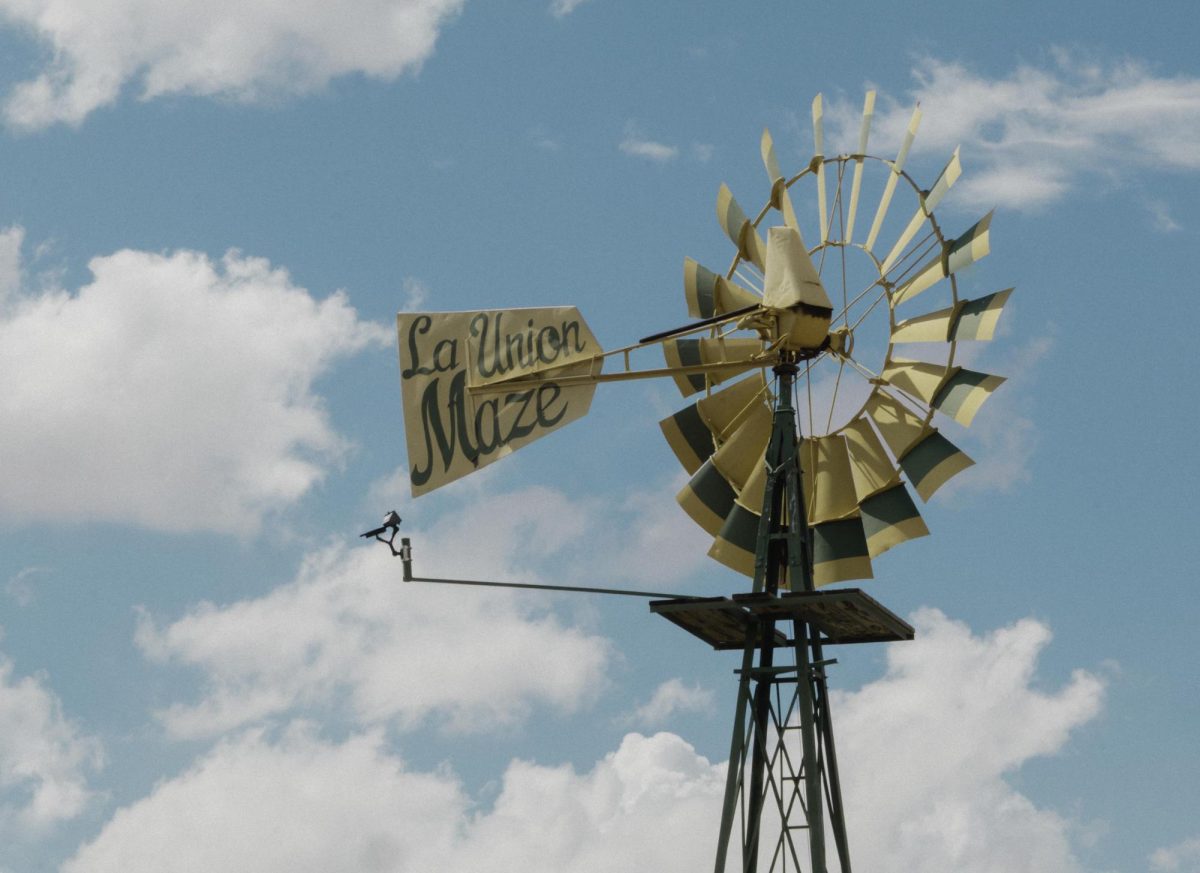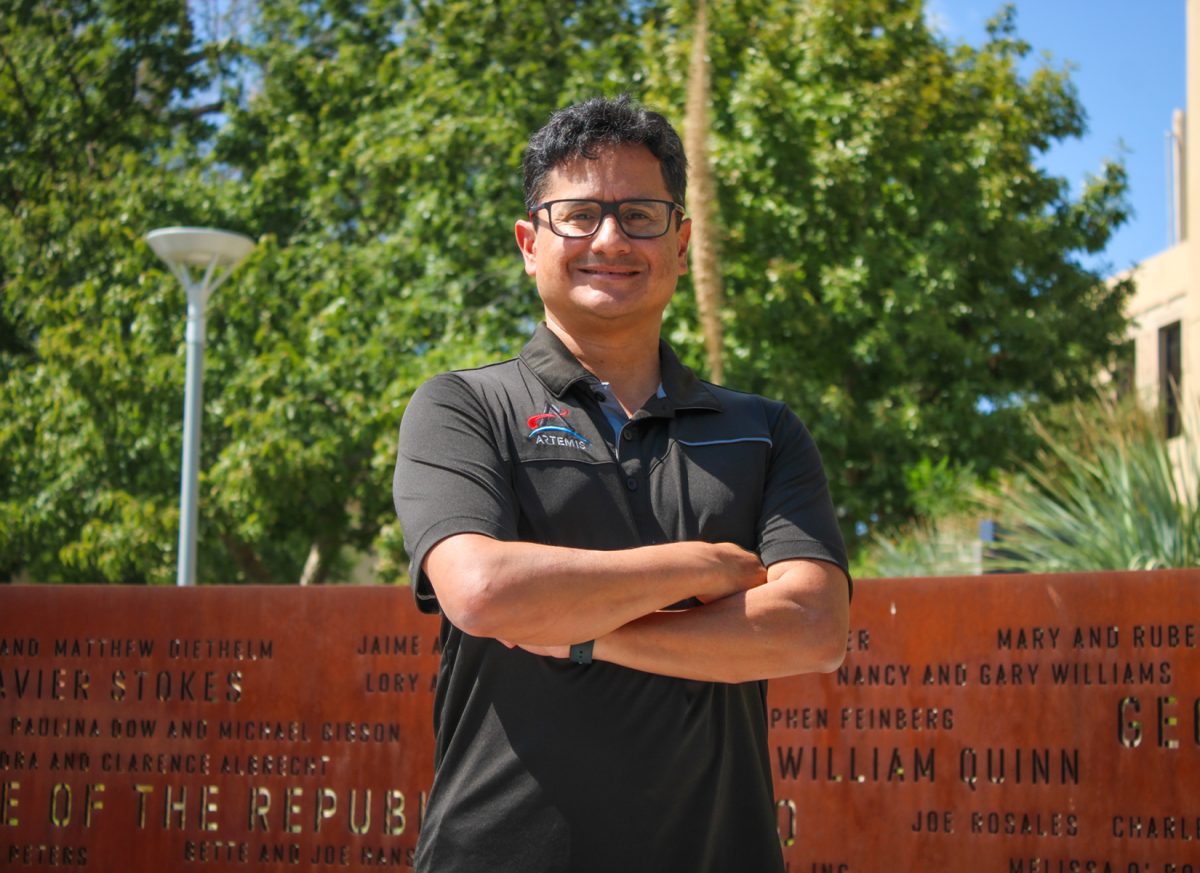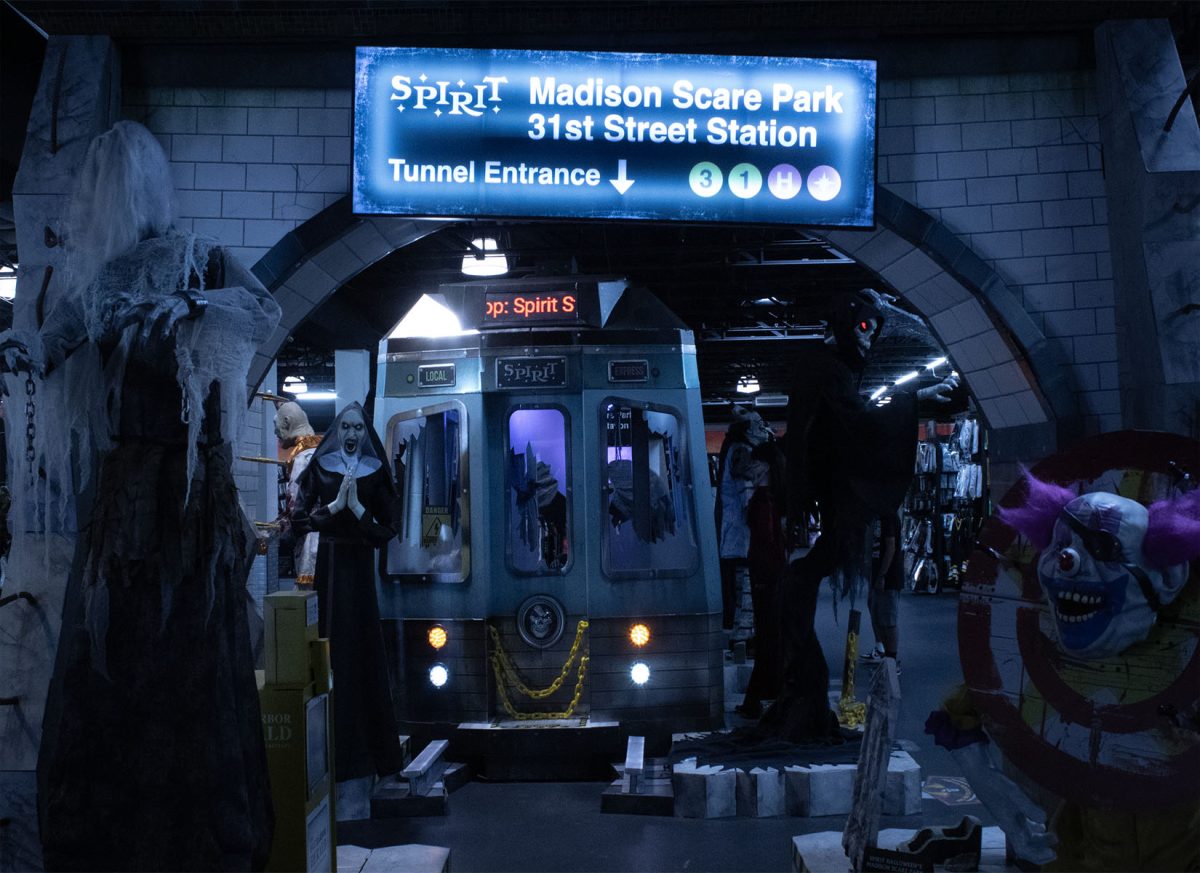El Paso may be known for many things—its food, culture, the mystique of being a border city—but trendiness is usually not one of them and locals have different theories as to why.
Some feel that it is El Paso’s economic situation that keeps the latest trends stagnant on store shelves.
“Not only is El Paso among the U.S. cities with the highest poverty levels, but there is also a large amount of people in El Paso who are unemployed,” said senior political science major Stephanie Lopez. “Combined, I think these two factors are what affect our city’s ability to keep up with current trends.”
Lopez also said that these factors could have negative implications because it might keep new businesses from opening in El Paso.
However, Eli Garcia, senior lecturer in public relations and corporate communication, doesn’t think that’s a bad thing.
“My perception is not necessarily that we are the last ones to get the latest trends, it is that the many creative minds that we have are aware of these trends and they adapted them and own it to reflect who we are as community,” he said. “They personalize it, leaving us not having to follow what other cities are creating.”
Garcia said the tri-state area is a missed opportunity for clothing companies.
“It is not necessarily that we don’t have a demand, it is that companies are not aware of our purchasing power and the value that we have, not only as a single market, but also as a bicultural and national market that we represent on the border,” he said.
Enrique Saenz, co-owner of Hommework, a boutique located on North Stanton Street, believes that El Pasoans stick to what they know.
“Once we have something we like we hold on to it longer than we have to and because of this we never progress,” he said.
Hommework focuses on contemporary street wear with exclusive designers and labels usually not found in smaller cities.
Seanz also said that El Paso is segregated—Eastside, Westside, Central, and Northeast—and because of this El Paso has different fashion trends depending on which side of town people have grown up on.
“The closest city to us is Las Cruces,” Saenz said. “This goes for (Ciudad) Juárez, which is also very isolated from the larger cities in Mexico. This makes El Paso a close-minded city. Plus it is a part of our culture too, not like anything new or different.”
“El Paso’s climate plays a factor in the way people dress” said Anthony Canales, junior multimedia journalism major. “Fashion is ambiguous, however in my experience, it’s hard to be fashionable when you live in such a hot climate.”
Canales believes that there are several factors that lead to trends taking so long to reach El Paso and one is location.
“Location can influence behavior such as listening to a certain kind of music or eating a certain type of food and this is no exception with fashion,” he said.
Garcia said that unlike what marketers want people to believe, fashion is not equal to brand names.
“Fashion is not tied to a brand name,” Garcia said. “Fashion is an expression of the personality of the people who create that fashion. They work together, but they are two different things.”
Valori Corral-Nava may be reached at [email protected].





